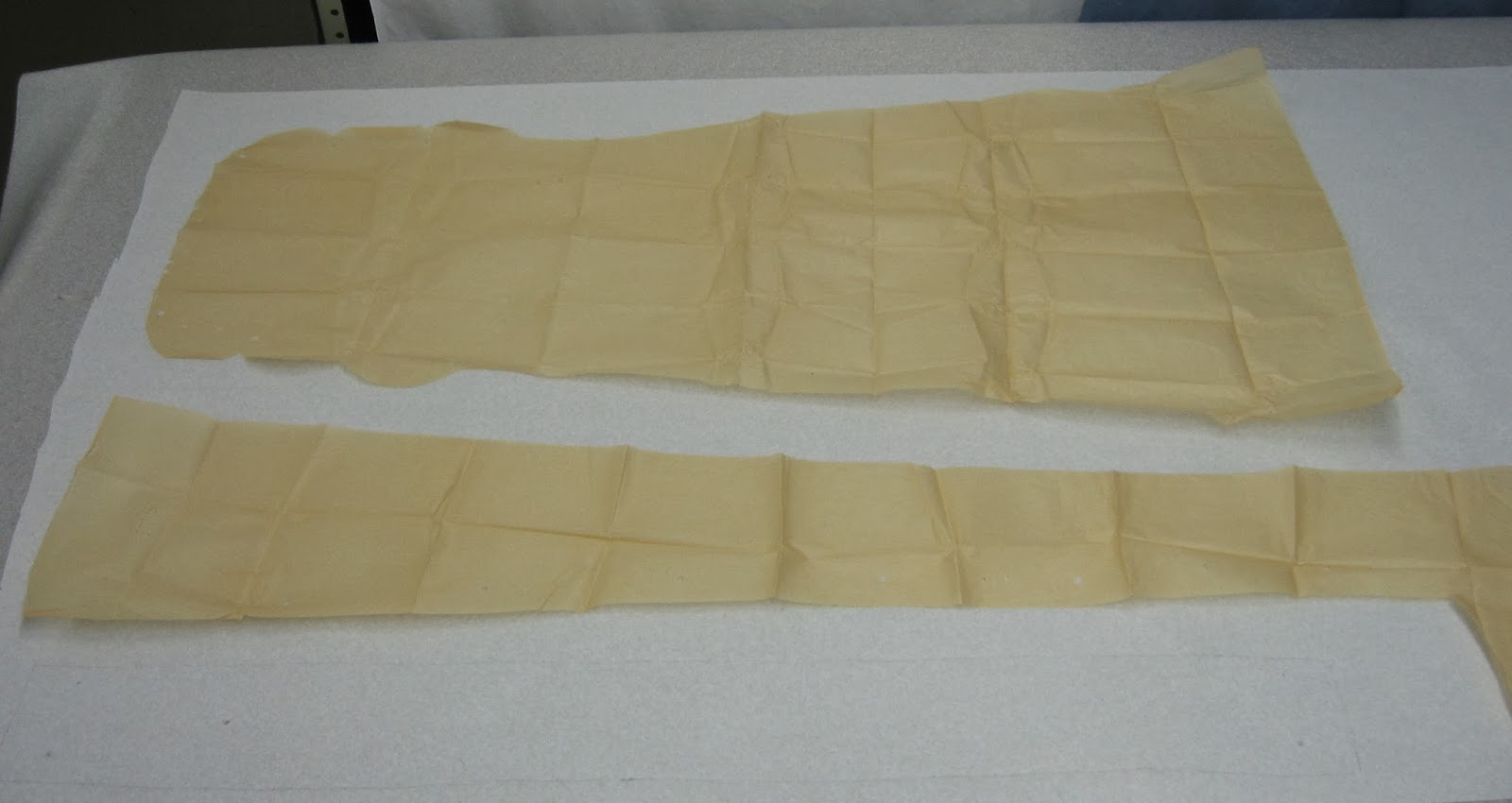The
two exhibits in the newly-renovated Bank Gallery – In the Valley of the Big Horn: A History of Chemung County and Mark Twain’s Elmira – are now open to
the public! For more information on the
renovation process, click here.
Over
the last several months I have been immersed in history as we created these new
exhibits. One would think that spending
nearly every hour at work researching history and looking at historic images
and selecting historic objects would give me all the history I needed, but it
didn’t. In my spare time I decided that
I wanted to make a dress for the members only exhibit opening that took place
last Thursday night (February 27).
Here
at the museum we have a nice collection of dress patterns from the 1920s
through the 1980s. The first time I saw
them I wanted to make a dress from one of those patterns. I like to think that I have some skill as a
seamstress and I am very fortunate that the donor of many patterns just
happened to be my size. The renovation
of our gallery and the subsequent opening gave me just the excuse I needed for
this historic sewing experiment.
 |
| Butterick pattern and finish frock |
Fortunately,
the instructions were very helpful in describing the step-by-step process of
making the frock. There were several
sections that were somewhat vague, though.
For example, for the side closure the instructions read “cut a lap of
fabric.” On a modern pattern that “lap”
would be its own separate tissue pattern piece.
I suppose that women at the time may have been more experienced sewers
in general than we are today so they somehow understood how to make the lap
without a pattern piece. When it came to
attaching the belt to the dress, though, the instructions were and still are a
mystery to me. I ended up just improvising
and it seemed to all work out well.
 |
| Detail of the belt |


But what about seeing the finished dress? (on its seamstress and owner, of course)...
ReplyDelete